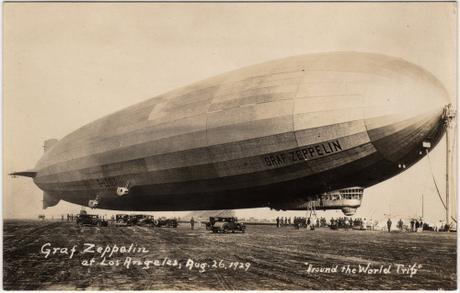*contributed by guest blogger Dr. Ludy T. Benjamin, Jr.
The Cummings Center for the History of Psychology is located at The University of Akron in Akron, Ohio. There is a connection between Akron and Wilhelm Wundt’s most famous doctoral student. In case you don’t know, Wundt was the founder of the science of psychology, pursuing experimental research on the subject in his laboratory at the University of Leipzig in Germany in 1879. Wundt would supervise more that 180 doctoral dissertations in his long career at Leipzig but only one of those would grace the cover of Time Magazine.
The Cummings Center has a collection of Time Magazines that featured a psychologist or psychoanalyst on the cover. Sigmund Freud appeared in 1924 and subsequently another four times. Psychologist and philosopher John Dewey was featured on a 1928 issue. Psychologist James Rowland Angell was on a 1936 cover when he was president of Yale University. Psychiatrist Carl Jung made the cover in 1955. John Gardner was featured in 1967 when he served President Lyndon Johnson as Secretary of Health, Education, and Welfare. And B. F. Skinner appeared on a 1971 issue. But none of these individuals was a student of Wundt.
Wundt’s famous student, perhaps his best know student historically, earned his doctorate in 1892 in experimental psychology. His name was Hugo Eckener (1868-1954), and if you are saying to yourself, “I have never heard of this guy!”, then you are likely not alone.

Eckener never pursued a career in psychology. After graduation he entered military service in Germany and when that obligation was completed he worked as a journalist. His journalistic work led him to an interest in Germany’s giant airships, the Zeppelins (named for Count Ferdinand von Zeppelin) and eventually to becoming an airship captain in 1911. Eckener’s career as a Zeppelin commander was filled with many accomplishments, but the reason for his appearance on the cover of Time Magazine in 1929 was the fact that as Commander of the Graf Zeppelin, he had circumnavigated the globe, the only time that feat was ever accomplished by an airship.

And what was the connection between Eckener and Akron? Well in 1929, while Eckener was flying around the world in the Graf Zeppelin, the USS Akron, was being built in Akron, Ohio by the Goodyear-Zeppelin Corporation for the United States Navy. The helium-filled USS Akron, which was the world’s largest airship at the time — longer than two and a half football fields — made it first flight in 1931.
The USS Akron didn’t enjoy a long life. It crashed less than two years after its maiden flight. The Graf Zeppelin fared better, flying from 1928 to 1937, and then it was scrapped for parts in 1940 for the German war machine. Eckener had publicly opposed Hitler and the Nazi Party. Likely only his reputation as a German national figure kept him from being killed or imprisoned when the Nazis came to power. He died in 1954 at the age of 86.
*Archivist note – The University of Akron Archival Services houses a collection of Goodyear Tire and Rubber records that include plenty of information on the USS Akron and other aviation materials.
